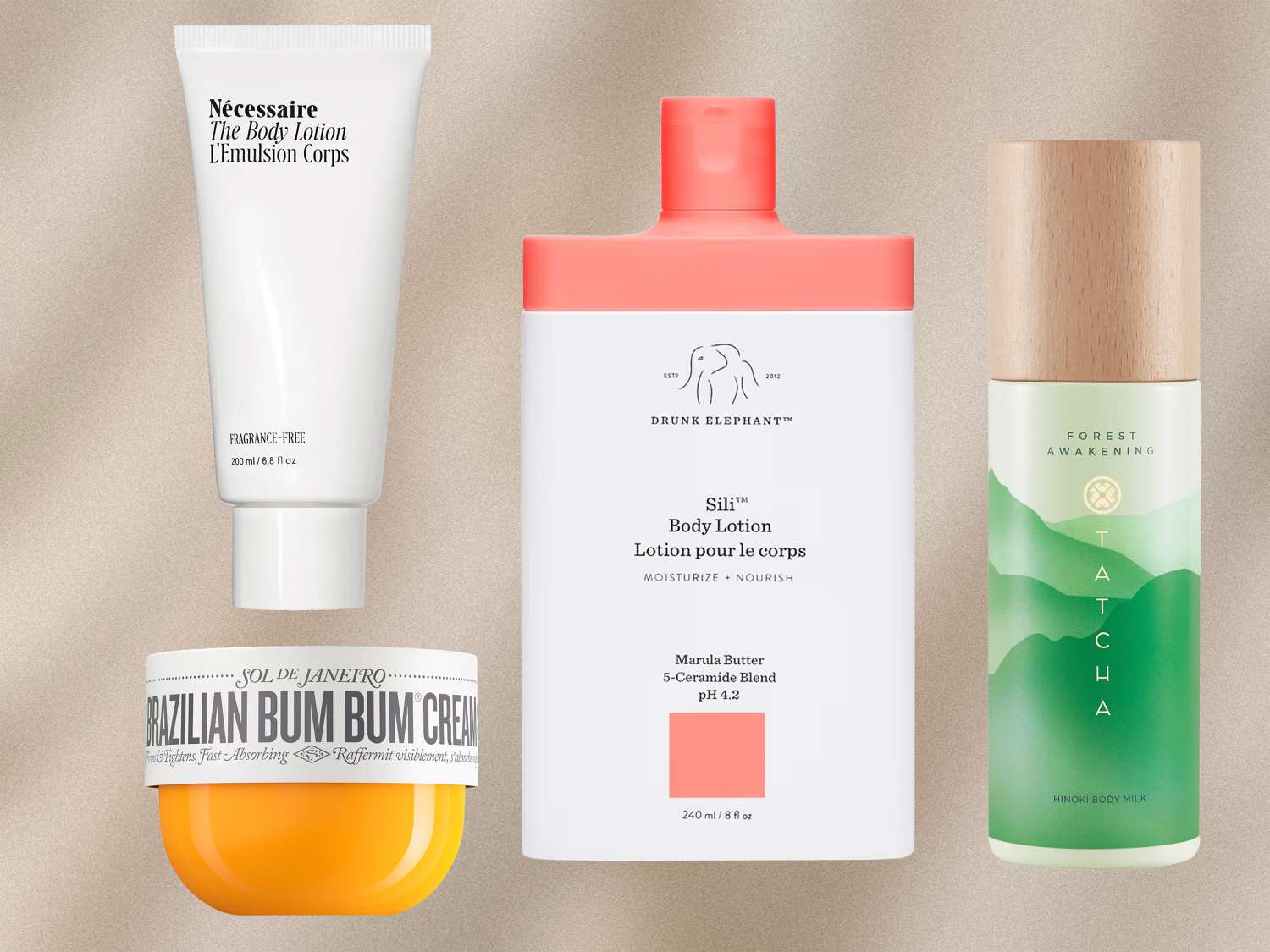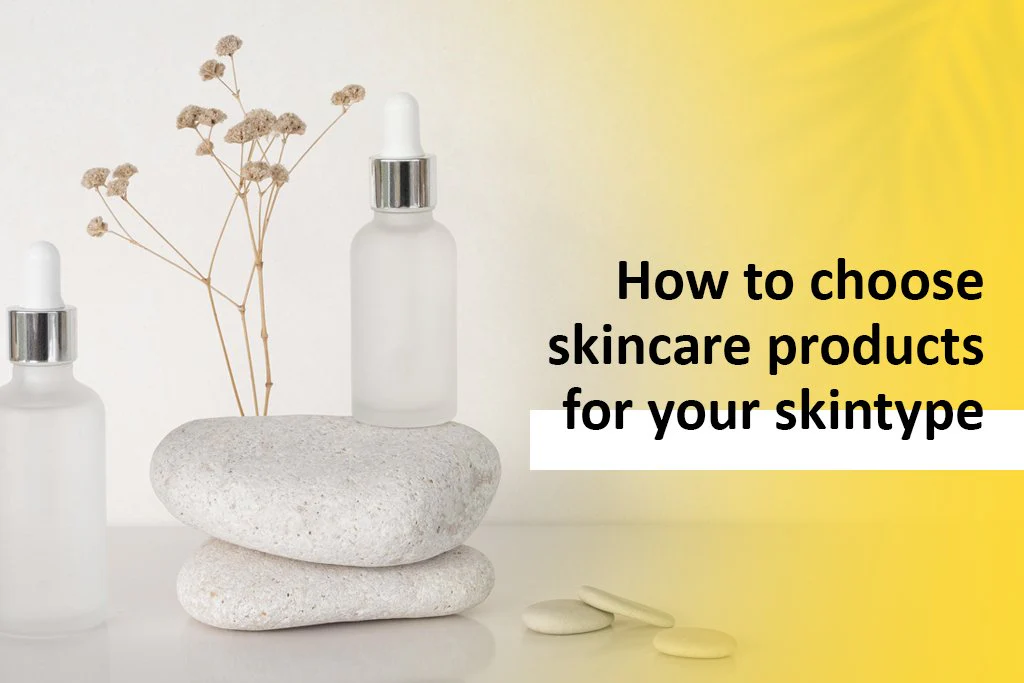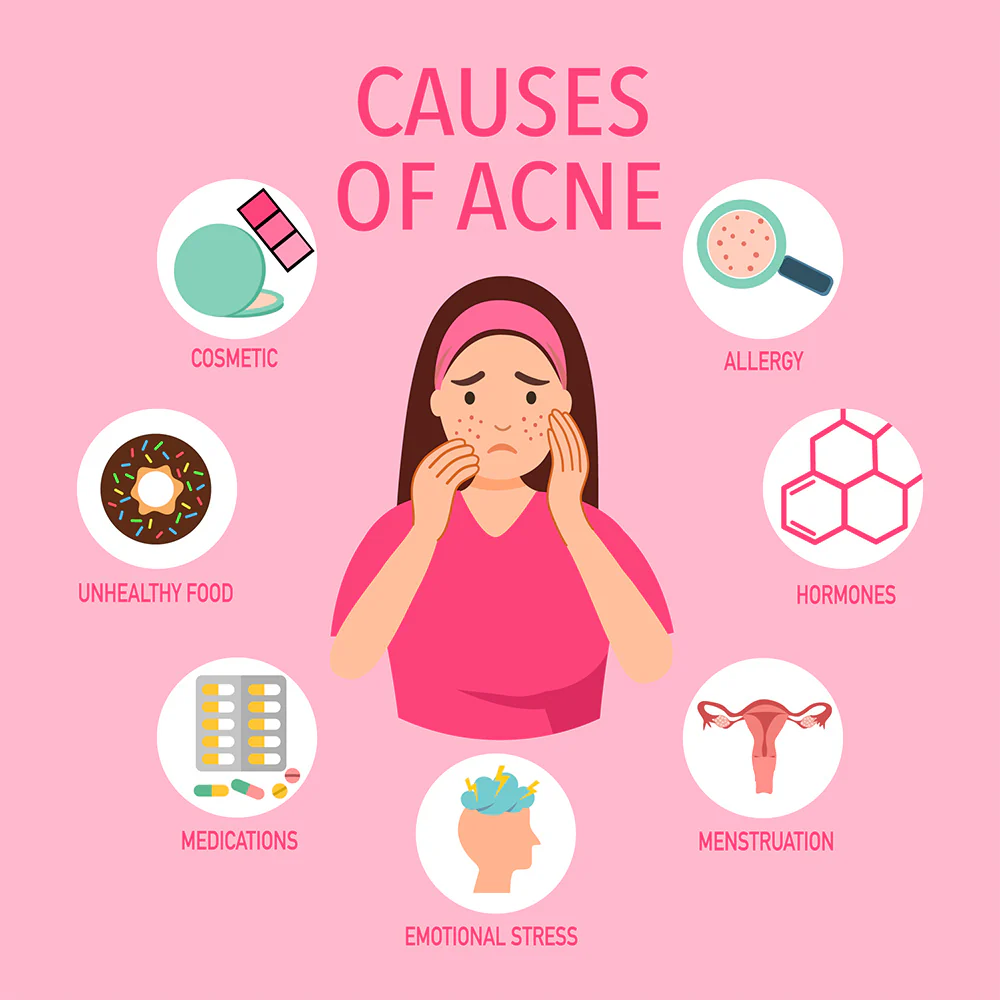When people think about skincare, they often focus mainly on the face—but the skin on your body needs just as much care and attention. Dryness, rough patches, body acne, uneven tone, and dullness are common concerns that can be improved significantly with the right routine. A consistent body care regimen doesn’t have to be complicated; it simply needs the right combination of cleansing, exfoliation, hydration, and protection.
Body skin is thicker than facial skin, but it’s also exposed to friction, weather, clothing, and environmental stressors every day. Understanding how to care for it properly can transform its appearance and texture, helping you achieve smooth, soft, glowing skin from head to toe.
1. Cleansing: The Foundation of Healthy Skin
Just like with facial skincare, body care starts with choosing a cleanser that supports your skin type. Many people reach for heavily fragranced shower gels that strip the skin of natural oils and leave it feeling tight or itchy. A good body cleanser should clean effectively without disrupting the skin barrier.
If you have dry skin, opt for creamy, hydrating formulas containing shea butter, ceramides, or coconut-derived cleansers.
If you deal with body acne, look for salicylic-acid cleansers, which help unclog pores and reduce breakouts on the chest, shoulders, and back.
For sensitive skin, fragrance-free and hypoallergenic washes can prevent irritation.
Warm, not hot, water helps maintain moisture levels and prevents unnecessary dryness.
2. Exfoliation: Smoother Skin Starts Here
Exfoliation removes dead skin cells that accumulate on the surface, revealing brighter, smoother skin beneath. It can also prevent ingrown hairs and improve the absorption of moisturisers.
There are two types of exfoliation:
Physical exfoliation — scrubs and loofahs that manually remove dead skin cells.
Chemical exfoliation — acids like lactic, glycolic, and salicylic acid that dissolve dead skin.
Lactic acid is particularly beneficial for body care because it exfoliates gently while adding hydration. Glycolic acid is stronger and great for rough areas like elbows and knees. If you struggle with body acne, salicylic acid penetrates deep into pores to reduce congestion.
Exfoliate 2–3 times per week to avoid over-stripping the skin, which can cause sensitivity.
3. Hydration: The Secret to Soft, Supple Skin
Moisturising is arguably the most important step in body care. Hydrated skin looks smoother, feels softer, and is more resilient. The best time to moisturise is immediately after showering, when your skin is still damp and able to absorb hydration more effectively.
Look for ingredients such as:
- Ceramides — restore the skin’s barrier
- Hyaluronic acid — attracts moisture
- Shea butter — deeply nourishes
- Squalane — lightweight, non-greasy hydration
- Glycerin — long-lasting moisture retention
For very dry or eczema-prone skin, ointments or thicker creams offer much better protection than lotions.
4. Treating Body Acne and Rough Texture
Body acne (sometimes called “bacne”) is extremely common and often caused by sweat, friction, or excess oil production. Using salicylic-acid cleansers and exfoliants can help keep pores clear. Benzoyl peroxide washes are also effective but may bleach fabrics, so use with caution.
Keratosis pilaris (KP)—the tiny rough bumps often found on the backs of arms and thighs—responds well to lactic or glycolic acid lotions. These ingredients smooth texture and prevent buildup within hair follicles.
Wearing breathable fabrics, showering after exercise, and avoiding heavy body oils can also help reduce congestion.
5. Protecting Your Skin from the Sun
Most people apply sunscreen on their face but forget about their body. UV radiation accelerates ageing and contributes to pigmentation and uneven tone. If you spend time outdoors, a broad-spectrum SPF on the body is essential.
Spray sunscreens are convenient for quick application, while cream formulas are best for longer exposure. Pay extra attention to the shoulders, chest, neck, and back of the hands—areas that show early signs of sun damage.
6. Special Care for Hands and Feet
Your hands and feet work harder than most parts of your body, and they often show signs of dryness and ageing first.
For hands:
Use a hand cream rich in glycerin or shea butter, especially after washing.
For feet:
Look for urea-based creams that soften rough, thickened skin and help repair cracks. Wearing socks after applying foot cream at night enhances absorption and results.
7. The Importance of Lifestyle Habits
Healthy body skin isn’t just about topical care. Hydration, nutrition, and overall health play major roles. Drinking enough water, eating antioxidant-rich foods, and maintaining balanced sleep patterns all contribute to skin that looks vibrant and healthy.
Clothing choices matter too—tight, synthetic fabrics can trap sweat and cause irritation or breakouts. Loose, breathable materials support healthier skin.
8. Consistency Is Key
Just like facial skincare, body care requires consistency. Results build gradually as you maintain regular cleansing, exfoliating, hydrating, and protecting. Simple daily habits have a profound long-term impact.
Final Thoughts
Smooth, hydrated body skin is achievable for everyone with the right steps and ingredients. By choosing gentle cleansers, exfoliating wisely, moisturising deeply, and protecting from environmental damage, you can transform the look and feel of your skin. Body care doesn’t need to be complicated—just intentional and consistent.



